Puebla, a state located in central Mexico, is characterized by diverse topography—volcanoes, highlands, valleys, and plateaus—that results in a wide variety of climates: from snowy peaks to temperate, warm, and dry areas. This geographic richness gives rise to exceptional biodiversity. However, industrial expansion, intensive agriculture, and urban development are putting local wildlife under severe threat.
In this article, we present 12 endangered animals found in Puebla, showcasing their unique features, ecological roles, and the threats they face. Learn more about the species that call Puebla home and why urgent conservation is needed.
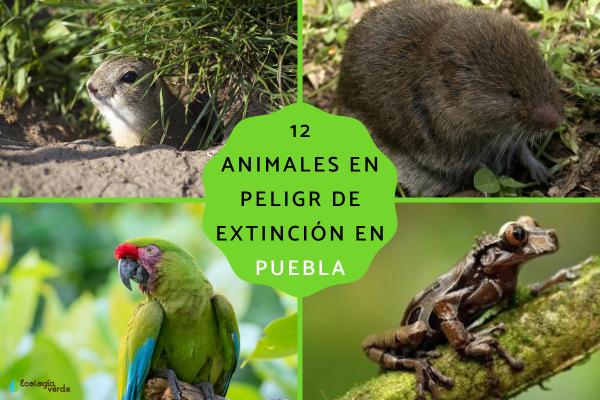
Also known as the Teporingo, this tiny rabbit species is endemic to Mexico and inhabits the volcanic regions of Iztaccíhuatl and Popocatépetl.
Mexico’s smallest rabbit.
Highly elusive, once thought extinct.
Main threat: agricultural expansion destroying its forest habitat.
Conservation status: Endangered (IUCN).
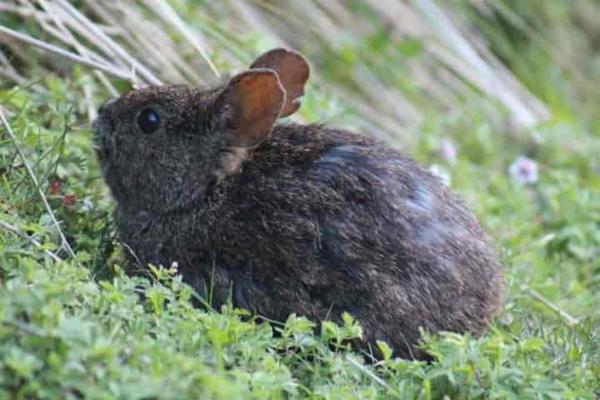
This ground squirrel is endemic to the region between Puebla and Veracruz and is found in only 16 small localities.
Its range has shrunk from 5,000 km² to 2,700 km².
Habitat loss mainly due to potato farming.
Conservation status: Threatened.
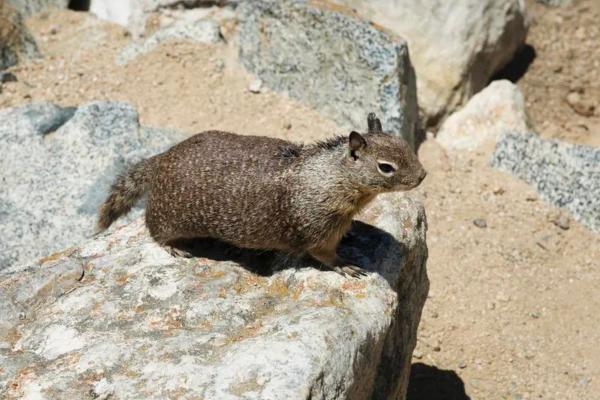
An extremely rare amphibian—fewer than 49 individuals are known to exist.
Endemic to pine-oak forests near rivers in Puebla and Hidalgo.
Relies on epiphytic plants for shelter.
Threatened primarily by deforestation.
Conservation status: Critically Endangered.
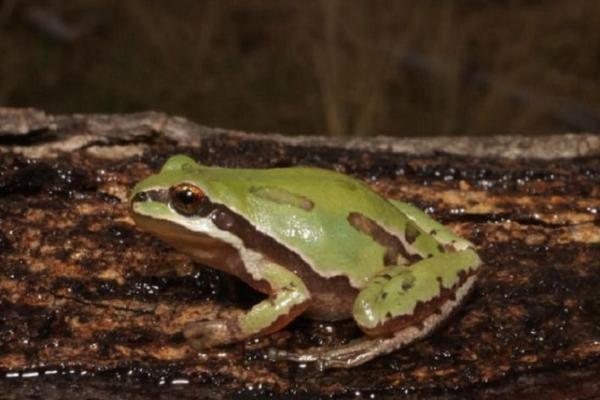
A tiny freshwater fish found only in the La Preciosa crater lake in Puebla, with a habitat of just 0.78 km².
Threatened by invasive species, sediment buildup, and lake desiccation.
Caused by overgrazing and water exploitation.
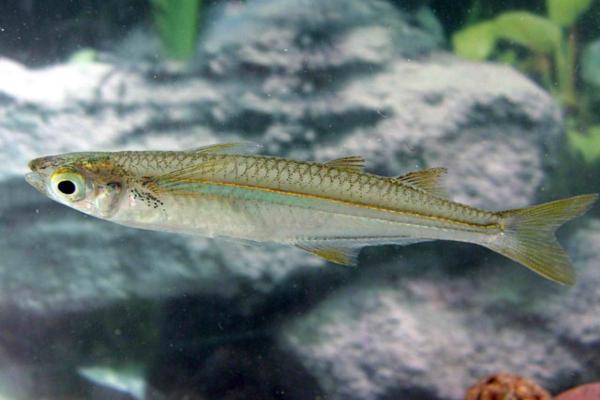
A lesser-known cousin of the famous Xochimilco axolotl, found only in Lake Alchichica in Puebla.
Lives in volcanic crater lake.
Irrigation of local crops has degraded water quality.
Conservation status: Endangered.
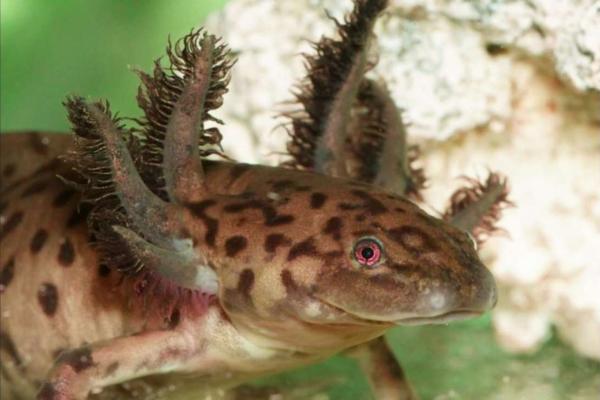
These colorful parrots reside in the Tehuacán-Cuicatlán Biosphere Reserve in Puebla.
Highly sought-after in the illegal pet trade.
Also losing habitat due to deforestation.
Conservation status: Vulnerable.

This mesoamerican frog ranges from Puebla to Panama.
Lives in rainforests and underground burrows.
Threatened by human activity and chytrid fungus (chytridiomycosis).
Conservation status: Threatened.
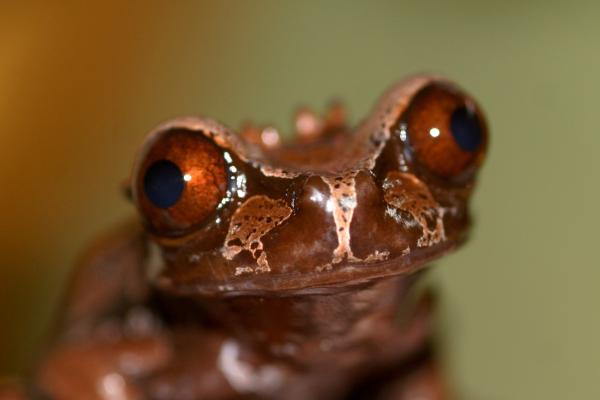
A freshwater fish restricted to the Atoyac River, one of Mexico’s most polluted rivers.
Polluted by untreated industrial waste from textile, food, and petrochemical industries.
Water contains 25 harmful chemicals and low oxygen levels.
Conservation status: Near Threatened.
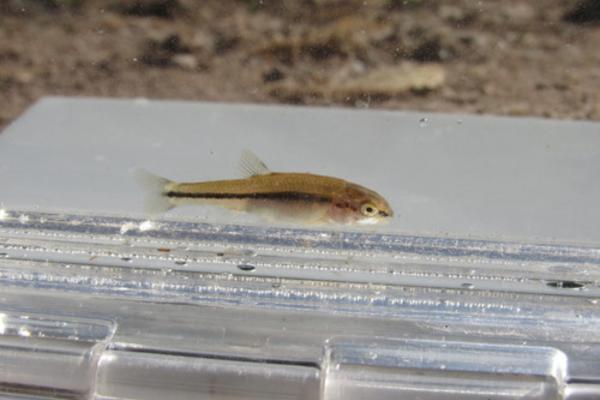
A small black rodent with a short tail, endemic to the Sierra Madre mountain ranges.
Populations are declining and geographically limited.
One known habitat in Puebla was destroyed by a landslide.
Conservation status: Special Protection (Mexico).
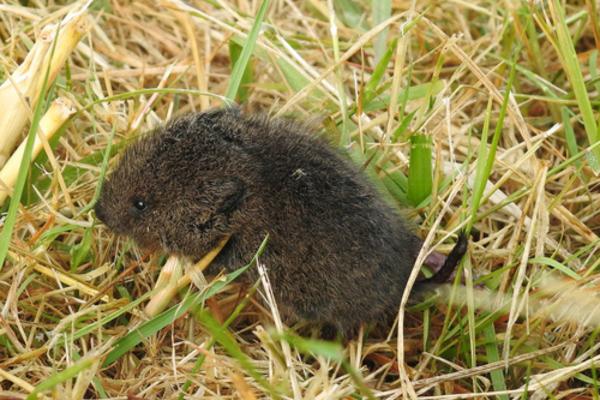
Found from Honduras to central Mexico, including Puebla.
Declining due to pesticide use and competition from non-native bees.
Plays a key role in crop pollination.
Conservation status: Vulnerable.
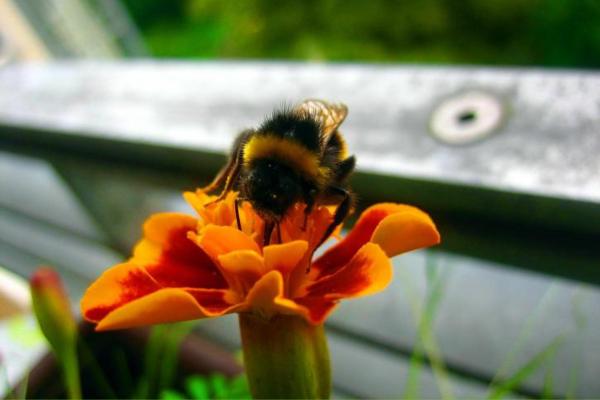
A rodent species known from only two specimens found over 60 years ago.
Locations: Ciudad Serdán and Tehuacán.
Considered Critically Endangered or possibly extinct.
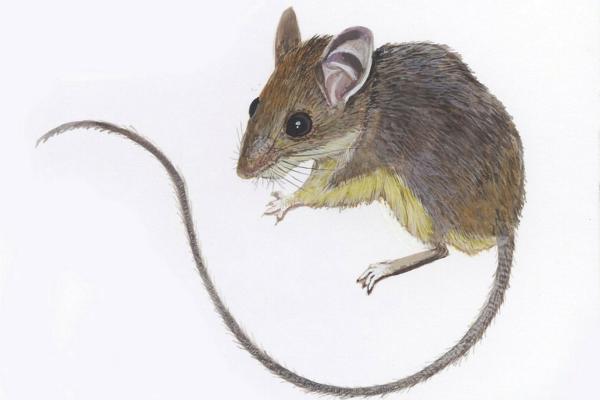
A freshwater fish endemic to the Salado River in Puebla.
Threatened by climate change and prolonged droughts.
Urban over-extraction of river water has accelerated habitat loss.
Conservation status: Vulnerable.

To help conserve these species:
Support local conservation reserves like Tehuacán-Cuicatlán Biosphere.
Limit use of harmful pesticides and agrochemicals.
Say no to illegal pet trade—especially parrots and amphibians.
Raise awareness through education and community programs.
Bibliography
IUCN Red List of Threatened Species. (2022). Animalia Kingdom, Puebla endangered species search. Available at: https://www.iucnredlist.org/search/grid
animal tags: endangered animals in Puebla endemic species in Mexico volcano rabbit Military Macaw axolotl species in Mexico polluted rivers in Puebla
We created this article in conjunction with AI technology, then made sure it was fact-checked and edited by a Animals Top editor.